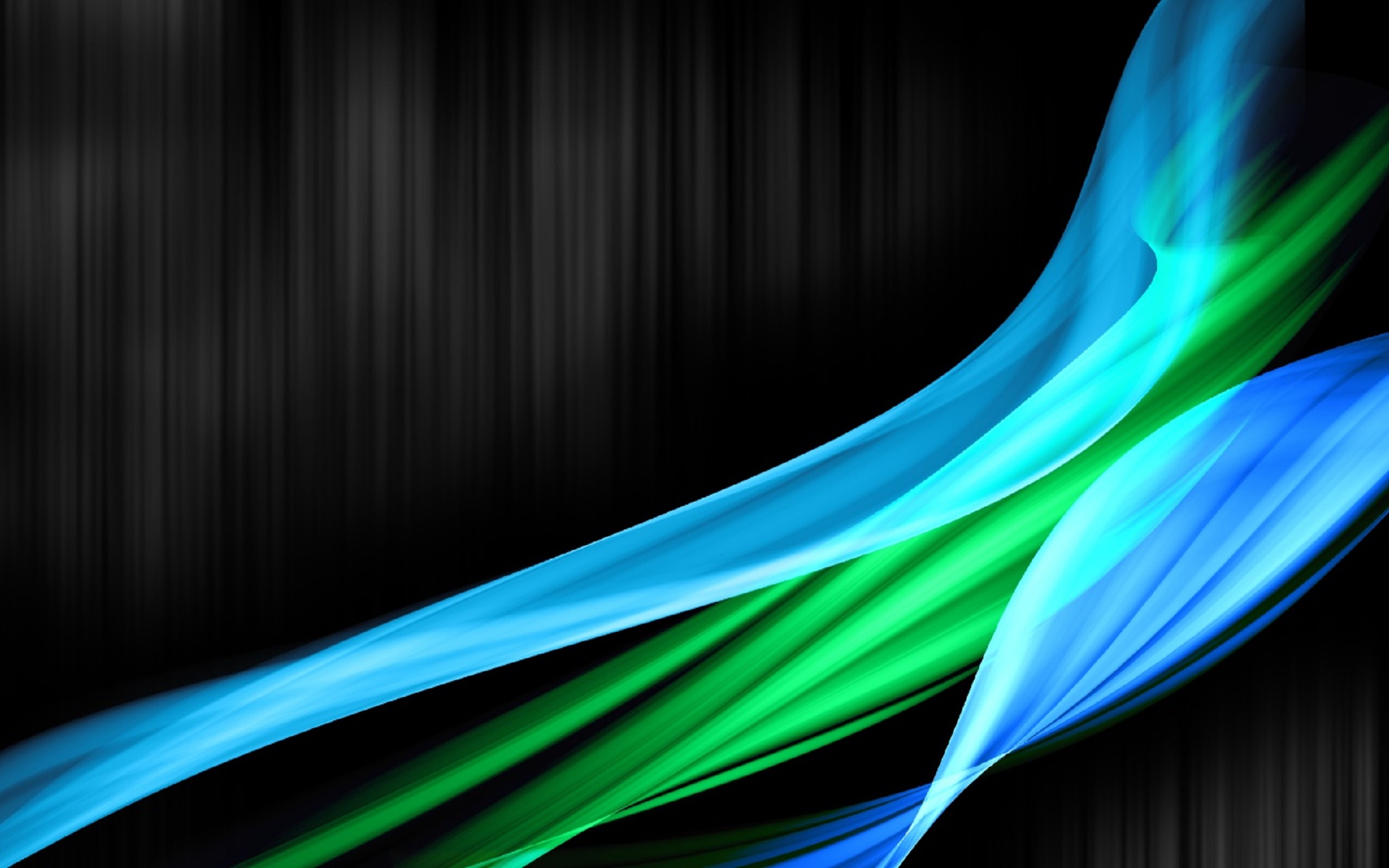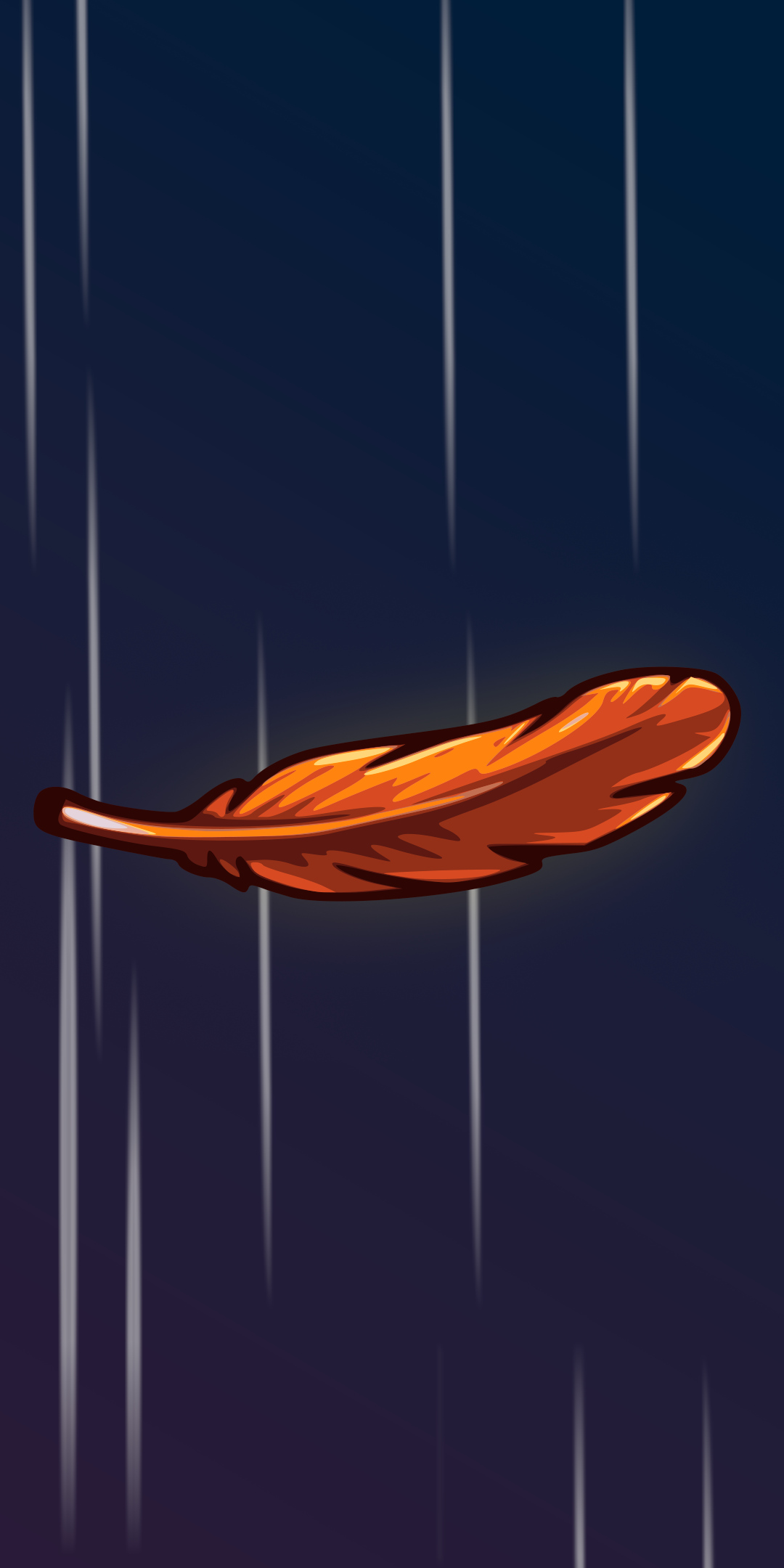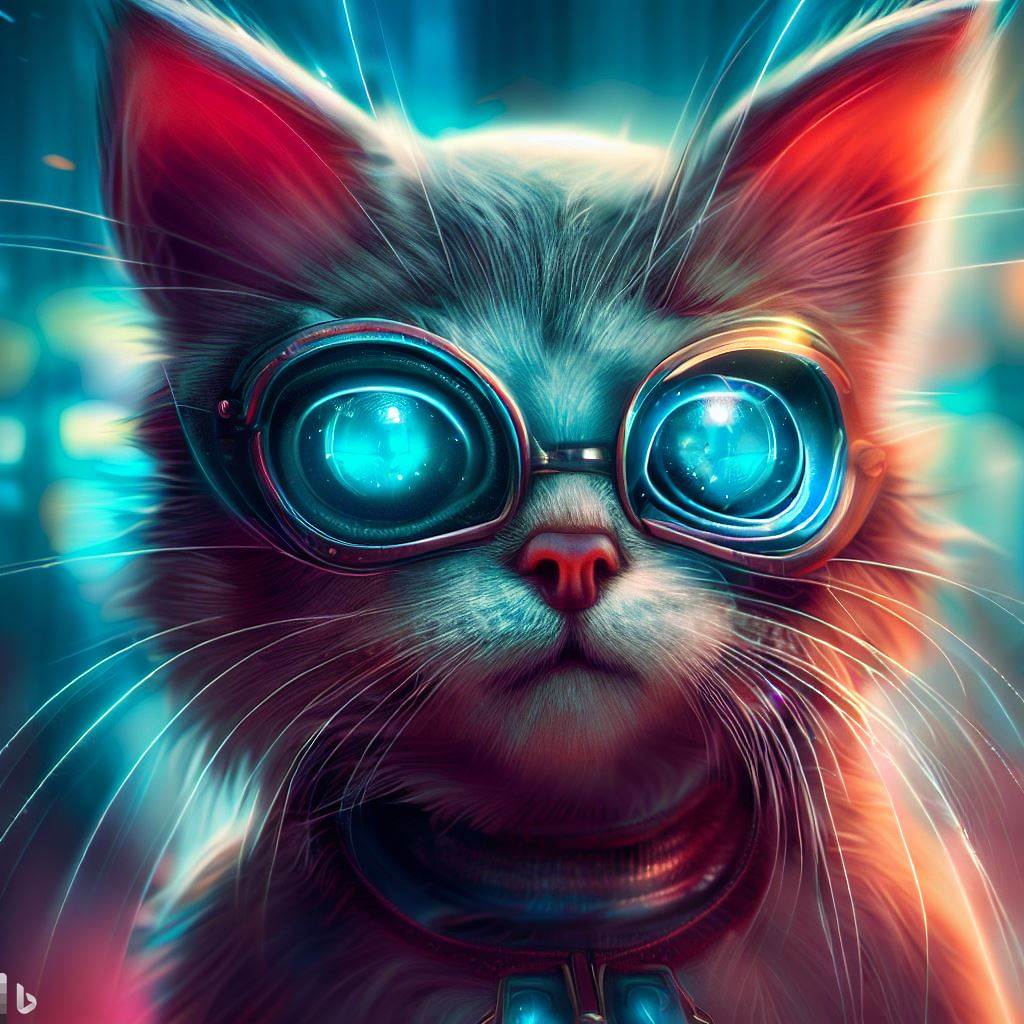I don’t really have an issue with ceiling lights, but I don’t see the point either.
Can be sitting in an office where basically an entire wall is windows, and someone will still put the lights on… why? There’s enough natural light.
It’s just taking nice blue-white natural light and pissing harsh yellow light all over it.
It makes me wonder if we have different amounts of blue cones, that they literally can’t see all the blue light. Is there one of those colour blind tests that can estimate cone density?
Office lights tend to be a lot more blue than what’s used in homes.
That’s true. Office fluorescents are often a very clinical and harsh tone.
Maybe it’s something to do with the breadth of the spectrum? Are some eyes better at utilizing a wife spectrum even if the intendity is lower, while other eyes care prinarily about the maximum intensity?
Or maybe it’s something to do with exposure? Some people can’t see the intensity difference between spill light from outside and dedicated room lights because their brain adjusts the effective exposure differently?
Maybe it’s overexposure filtering. Some people get headaches from brighter light but don’t notice the brightness because of all the extra work their visual cortex is doing to filter out the extra light, while other people genuinely need the extra intensity?
I’d be really surprised if people who have a neurological abnormality also happen to have a difference in eye anatomy, especially when the neurological anomaly is associated with other sensory processing issues. Occam’s razor suggests that all the sensory processing issues NNT people have are a result of their brains being different.
Is it possible that the sensory processing differences are caused by the difference in retina cells? That the cerebellum develops differently to deal with different inputs and thus behaves differently elsewhere?
I find it hard to imagine that the difference between needing the room lights because it’s too dark and only noticing the shift in colour temperature is just due to visual processing. If the eyes are the same, why can some people see well and others less so?
Apparently all eyes are not created equal in ability to transfer light to the retina. Some has narrower or wider fields of vision as well. So, where your eyes may be well adapted to low light levels, others may not be. In a world with no artificial shadows and the sun high on the sky for most of the year, being able to filter out sun light might have been a pro, while now needing lots of artificial lights to see straight.
I mean as far as I understand it for me, being heavily ADHD, it’s a sensory thing, i feel overloaded and overwhelmed when that light is on me, like it blasting me with it’s energy. I also cannot be touched when I feel greasy (after eating greasy foods for example)
It’s just too much for me to handle
I did not in any way mean to suggest sensitivity is not a factor, only to suggest that light sensitivity may be more of a spectrum and that there are persons living in a darker world than others. So, it may not be a person on the top of the bell curve that need more light, but someone on the other end of the spectrum entirely.
Since the top comment in this thread was about needing more light in an already bright room i meamt to say that there might be reasons why people around us prefer 1 or 100000 lumen…
Itvs interesting that you find yellow light to be harsh. Normally, the yellower tones (2700k-3500k) are called warm and soft white. Daylight is 6500k with a notable blue tone and neutral white is somewhere around 4500K. Is your office also filled with brown/dirty surfaces that seem highlighted by the warm light or grays that clash with it? Florescent lights (and cheap LEDs) are especially harsh in general because they have really bad color rendering, meaning certain tones get muted and distort perception. Letting in daylight may just be helping restore color vibrance. Bluer lights also tend to have more UV output, which makes them more painful at night. Yellower lights lean towards the red end and aren’t so jarring for the same brightness. Bluer lights get used in hospital, lab, and other high-detail settings for more clarity, while yellower lights get used in more relaxed environments where visual detail is less important.
I wouldn’t guess you have a different cone count, but I would guess there’s some underlying perceptions about colors and visuals.
No, most of the places I notice my aversion to yellow light have pretty neutral colours; off-whites, greys, the occasional green. I haven’t looked into it, but I would say the yellow lights (at least the ones that bother me) distort the colours more. I have no idea when the Colour Rendering Index of them are, just that they seem much hasher. Maybe yellow lights are more tolerable to most people, so they install more? Yellow lights aren’t rated for higher power though. Maybe it’s purely the colour temperature, maybe it has to do with sun exposure and cloudy days?
Just the CRI wouldn’t explain why some people find the addition of artificial light unnecessary at best while others seem to need it to see. There’s probably some amount learned perception going on, but I don’t think you can learn to be blind to certain light, can you?
There’s certainly a tipping point where light becomes too yellow to accurately represent color. I was recently shopping bathroom vanities and some showed what the greens and blues would look like under different color temps, with 2700K just about ruining the appearance. I also painted a room in light blues and had to change the adjustable lights to 3500K, if I remember correctly.
I’m just intrigued and thinking out loud. I’m having a hard time describing yellower as harsh. I could see the overhead lights doing a better job at flooding an area and minimizing shadows, whereas window light would be diffused but still somewhat of a point-source depending on distance. The “backrooms” image of the empty office space certainly comes to mind where it’s all a vague shade of yellow-green.
As far as people who can’t seem to see anything under wandering daylight, IME, they tend to be a mix of people who are either older (reduced dark vision, reduced focus) and impatient people (who don’t understand your eyes take 5 seconds to adjust pupil size but 20 minutes to refill rhodopsin, your night vision juice). Or just people who demand conformity. Or a 4th group I suppose, who have max-brightness screens that doesn’t play with eyes well against dark backgrounds. I do personally prefer natural light and wait for my eyes to prove they can’t see enough before using lights, except for when I have physical tasks to do like cook or repair something.
Apologies for seeming like I was telling you you’re wrong. I was trying to get your perspective but just rambled in my own opinions. Lights are a notable hobby for me, sort of. Headlights, flashlights, night lights, street lights, light pollution, night sight, neon lights, uv lights… I read up on lights weirdly often.
Oh, no problems! Colour rendering isn’t an angle I’d thought of yet, and clashing colours is definitely something I’ll think aboit next time.
I do have to wonder if my aversion is learned, as I am very much not a morning person, so waking up by strong sunlight or room light are both negative experiences. I’m also a big fan of rainy days, and I wonder how much the light colours play into that and how.
There are individual differences in color perception.
Office blue light might be because blue light stimulates while red/yellow makes tired. But main reason is probably that neon tubes still are cheaper per square meter. Btw, selling them is now forbidden in europe, they are LED tubes now.
Red/yellow causes tiredness? Interesting. Maybe that’s why it makes be cranky. Blue light filters sound like a good idea, but they just piss me off.
Sometimes natural lights comes in at “uncomfortable” angles or simply leaves some corners relatively dark.
So the artificial light acts as a counter light to reduce shadows and create a more even lighting.
Depends on where the light is for me. If it’s a chandelier style, I don’t like it because it’s kind of in my eye line.
Hey now there’s nothing weird about being completely unable to focus under fluorescent lights.
For me it can be the opposite, I often focus better with artificial light than with sunlight.
me and a friend were talking recently about how we function better at night and summer takes that away. so, a few days ago I covered my window with a blanket which blacked out the window, and use only my lava lamp for light. it has been the most productive, multitasking filled era for me so far.
Just live underground
I learned recently that not everyone can see the fluorescent flicker. It’s unnerving and feels a bit like being buzzed on caffeine. It’s not so bad in the offices with indirect lighting. Also, cheap LED lights can flicker. I clung to my incandescent lights until they all burnt out.
Wait they can’t? Although now that I think about it, there’s certain cheap LED lights that I can see the flicker and my girlfriend cant
It’s supposed to be common that people can catch the flicker in the corner of their eye
I mean I’ve had her stare at it with me for a couple of minutes and she was adamant she couldn’t see what I saw, i had to take out my phone camera and show her the frame rate flickering
Sent this to my wife and we talked a bit about how I don’t like lights on.
I realized that even when I’m home alone at night (and not taking care so that she doesn’t wake up), I will use the flashlight/torch on my cell phone rather than turn on lights in the house.
I’m the wife and I’m like you. I will stand in the dark and wait for my eyes to adjust rather than turn on a light.
We have fairy lights and red LED string lights for the high traffic areas to dissuade hubby from flipping on the overhead.
Low light motion sensor nightlights for a couple spots so that we don’t step on a cat on the way to the bathroom.
The kitchen lights are dimmable, so we can go bright when needed to cook, and dim if just searching for a snack.
I love it. He has given in and adjusted. I find it calm and cozy.
Well, it’s nice that you two found a common ground here, wife and husband. It is a bit weird you did so by communicating via Lemmy comments, but’s great if this works for you. ;)
My husband isn’t on Lemmy, lol. I was just pointing out that my house has a similar light dynamic as this guy’s. And that sometimes it’s the wife with the light sensitivity. And yes, I know I’m weird for it compared to other people. :)
I think Neo was just making a joke about the two of you being husband and wife and discussing the issue here instead of IRL.
I have my phone’s flashlight hooked up to the extra button that was supposed to be for an ai assistant, and I use it more than every other non-keyboard button on every other device I own combined.
Not only am I more comfortable in the natural light/darkness, I never need to make a return trip to turn the lights out.
Samsung? Not a fan of the Bixby AI that’s going to take the world by storm? Do you have a way to set a timer on it or does it only turn on while you hold the button? I’d worry about accidental triggering (since I do accidentally trigger that bitch Bixby every once in awhile.)
Bixby is the one yeah. Until AI assistants can ask clarifying questions and replicate arbitrary actions, they’ll just get in my way.
As for the method, I use bxActions to remap buttons. You can add an action for a single press, a double press, a long press, and a double press and hold, and then a different set of actions on the lockscreen too.
Single press does indeed get pressed accidentally sometimes, so I have that as Media play/pause. Flashlight gets put on long press, which has extra functionality; if you release as soon as it comes on, it’s a toggle, but if you keep holding the button it will turn off when you release it. Very convenient. The double press and double hold set screen rotation, although I don’t use then very often. Double press on the lockscreen opens the camera.
You can add lots of other actions too, like an extra bright flashlight (both flashlights automatically turn off after 5 minutes), launch apps, switch apps, take a screenshot, use google assistant instead, set sound setting (like do not disturb, or IOS mode), other media buttons, volume buttons, home button, back button, open some system utilities, change one handed mode, toggle the screen (like pressing the power button), toggle fullscreen, and do some notification managment. Oh, and did I mention you can rebind the volume buttons too? That’s 24 different actions you can bind.
Only issue I’ve had is it’s not a system service, so android likes to kill it when it gets low on battery or RAM. But that’s a problem for every custom service.
TL;DR: Both. Flashlight gets a 5 minute timer, and I also have it on a long press.
Interesting. Unfortunately it seems they’ve made this much more difficult in newer phones. That app doesn’t run on S23 and it seems like the available ones that do can’t manipulate the power button.
Dimmable RGB LED bulbs are for this. One command can turn on all the lights to 100% in soft white color. Another can set them all to 1% and orange color. The color change makes the room even darker than just setting the lights to 1% at normal color.
That’s the family-friendly version anyway. If I’m the only one up, I’m totally content with everything off.
Turning on the lights in the room at night, especially when you’re trying to go to sleep, is going to be far more disruptive for you mentally. So it actually makes a lot more sense to use a small light just to spot what you need to and then quickly turn it off after
Ceiling Lights, MY ONLY WEAKNESS!!
IT BURNS!! IT BURRNNNSSS!!!
Ceiling light is best light.
All these fucking mood lighting I see people talk about make you look like some kind of underlit villain, or like you’re telling goosebumps stories around the world’s mildest campfire.
Why am I the only neurodivergent person who finds floor lights fucking disgusting ???
Im quite Neurodivergent and i absolutely love harsh overhead lighting, i want to be bathed in light
Im pretty sure by mood lighting they aren’t referring to lights built into the actual floor. I think they just mean less intense lighting like lamps, string lights or LED color lighting.
I don’t even think I’ve ever seen a house with floor lighting indoors
I’m not talking about descriptions, I’m talking about pictures and videos.
And I’m not talking about lighting set into the floor, I mean like floor lamps and shit.They put these laps on shelves and desks and standing on the floor, but they’re almost always below eye level when standing, so everyone looks like a b-movie villain as they move about the room. It drives me crazy.
Give me an overhead area light. Soft shadows from light cast downward onto my face.
I mean I guess I could see that, I’m sure everyone has their own preferences about lighting.
Though I will say most of the floor lamps in my house do rise above a person who’s standing up, otherwise they have a light pointing down.
You’re right wrt personal preference. It’s just strange to me how seemingly all the neurodivergents but me hate overhead lighting 😭
Floor lamps that are above head height are… Ok I guess, but that’s still mostly head-on. Light that is clearly cast down is so much more satisfying. Personal preference, of course.
And to be clear I don’t have anything against mood lighting or accent lights, I like them… Just not only them.The impression I have (mainly from social media like tiktok and Lemmy) is that the desired lighting is head high and below which just… Puts me in a tailspin lol. Idk how people can live like that 🤣
In my ideal room, there would be indirect overhead lighting that illuminated most of the ceiling to provide an indirect overhead area light, with a near-head level accent lights. I’ve looked into if I could use a short-throw projector onto the ceiling to provide some kind of crazy configurable overhead lighting, but they’re simply not meant for that kind of application
Sorry but no.
Desklamp is where it’s at. Can’t stand ceiling lights if they are behind me.I prefer not to be lit like a b-movie villain, when I’m walking around in my own home, but you do you.
Dunce here, I don’t get the joke. Can somebody explain? Are ceiling lights something ND people don’t like?
Not universally but yeah. Ceiling lights can be really bad for overstimulation, so a lot of ND people will prefer to never turn an overhead light on in favour of using lamps/natural light.
At least with my own anecdotal evidence, it’s also color temp. “Daylight” bulbs seem to be more of an issue.
I prefer bright but warmer light
Thanks!
I really should see a psychotherapist, I think.
Is that why i prefer the dim desk light lighting the wall and almost never use the main lamp?
Cruel and unusual punishment
Shouldn’t that be “photodivergent”?
Is this more of an ADHD thing, or an ASD thing?
I don’t like bright overhead lights, either. I was diagnosed ADHD at the tender age of 56.
Most people don’t, I think. Our office got LEDs to replace our fluorescent bulbs and we leave the lights entirely off since then. Or maybe we’re all secretly on the spectrum lol.
My office used to do this, until upper management caught wind and threw an absolute fit over it. Then they paid the building manager to come in and remove the lightswitches so we couldn’t turn the lights off ever again, there’s literally an alarm that goes off if the circuit is broken.
Yay for having a mild headache every single day!
What a flock of raging assholes. How did they justify forcing working conditions like that on you that you clearly did not want? Did they offer any excuse for doing that?
Which ceiling light? White one or yellow one? I’ve got both.
Being able to switch the color from an app is a game changer
nice try but mine are dimmable
Nah you good i didn’t think so, I’m just sharing my personal thoughts on the matter
When did Nero divergent become a thing? Last couple months it’s everywhere. Never even heard of it before then…
It has existed for a while but has been getting more mainstream ik recent years.
Its a good term because it comes from the community itself rather then being a medical label by a doctor so its inclusive to people with or without diagnosis.
It also covers many more neurological differences that are not, yet frequently overlap with, autism. adhd, dyslexia,… You dont need to self identify as sick or disabled it often just feels better for me.
Makes sense, thanks.
It started taking off in 2018, https://trends.google.com/trends/explore?q=%2Fm%2F043mzm&date=all&geo=US.
I mean I’ve been hearing it since like 2018, it’s just an easier way to say you have some disorder or another without really getting specific.
Also humans just love classifying themselves so that probably has a bit to do with it














